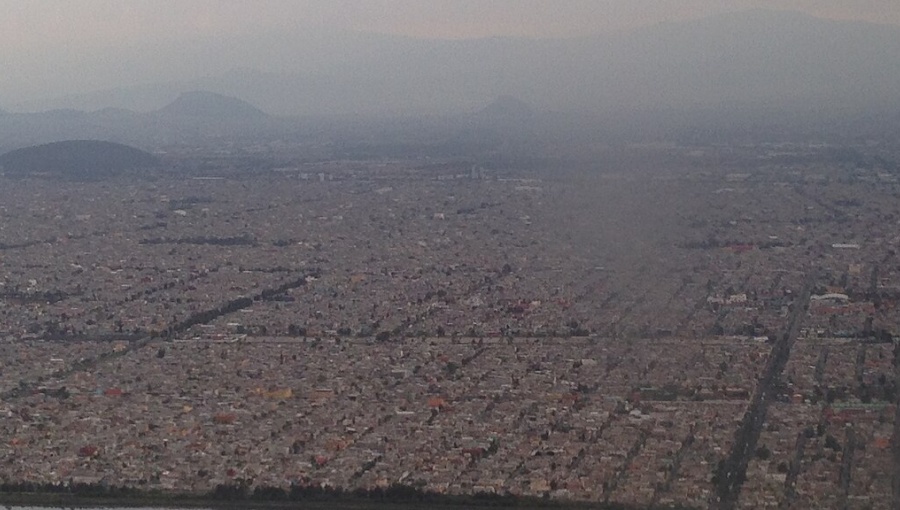Study finds black carbon emissions significantly underestimated in Global South

Black carbon emissions in low- and middle-income countries across the “Global South” may be nearly 40% higher than previously believed, according to new research from Washington University in St. Louis in the US.
Black carbon, the sooty byproduct of incomplete fossil fuel combustion, is a major contributor to climate change and a known threat to human health. A team from the university’s McKelvey School of Engineering analysed ambient concentrations of the pollutant using the Surface Particulate Matter Network (SPARTAN) and found that existing estimates substantially undercount emissions in developing regions.
The study, led by doctoral student Yuxuan Ren in the lab of Randall Martin, the Raymond R. Tucker distinguished professor, examined black carbon levels in countries across Africa, Asia, Latin America and the Caribbean. The findings suggest concentrations in these regions have been underestimated by about 38%.
“There are different burning activities in this region, such as household burning of wood and charcoal for cooking and heating,” Ren said. “Emission inventory developers will summarise the total amount of fuel used from all these sources and estimate the total black carbon emission in the air. By comparing different studies from different regions, estimating emissions from these diffuse and inefficient sources is challenging and may lead to a certain degree of bias. We think this is the primary reason for the underestimation of black carbon.”
Using data from the Community Emissions Data System, the Emissions Database for Global Atmospheric Research and the Task Force on Hemispheric Transport of Air Pollution, the team employed the GEOS-Chem atmospheric model to connect global emissions estimates with localised measurements. Differences in the types of fuel burned and combustion practices across regions made direct comparisons difficult.
The research found the greatest underestimations in areas including Dhaka, Bangladesh, where agricultural waste, crop residue, fuel wood, cow dung and poorly regulated brick kilns contribute to high emissions; Addis Ababa, Ethiopia, where diesel-powered heavy-duty vehicles and wood burning are key sources; Ilorin, Nigeria, which has a largely unregulated oil and gas industry; Mexico City; Abu Dhabi, United Arab Emirates; Bujumbura, Burundi, where diesel generators and kerosene are widely used; and Kanpur, India.
“The widespread two- to four-fold underestimation in black carbon across sites in Bangladesh, Ethiopia, Nigeria and Mexico suggests that the radiative effect and health impacts of black carbon may be larger than previously expected, which highlights the continued importance of black carbon mitigation efforts with potential benefits for both climate and health that warrant further investigation,” Ren said.
Martin noted the importance of the SPARTAN network in producing these findings. “This work leverages the long-term development of the SPARTAN network,” he said. “A shining point of this study is the global consistency of this measurement network, which offers a reference to enable global evaluation.”
The researchers said their results call for renewed efforts to accurately characterize black carbon in the air in developing regions. “This effort examines the potential for win-win strategies that address both human health and climate through a single pollutant that is affecting both, and that’s an exciting opportunity,” Martin said.


Follow us online